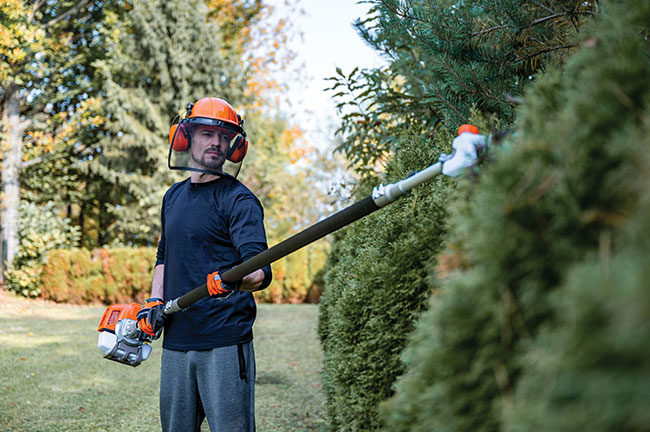
Features
Health & Safety
Health & Safety: Workplace health & safety responsibilities
Workplace safety is a 'journey'
April 15, 2024 By The Canadian Centre for Occupational Health and Safety (CCOHS)
 Photo credit: ti-ja/Getty Images
Photo credit: ti-ja/Getty Images
Maintaining and promoting health and safety in the workplace is important throughout the employee journey. Whether you have new workers or seasoned professionals on hand, training (and retraining) is a key tool that can help everyone work safely.
However, that’s just one piece of the puzzle. In addition to training, employers must abide by several occupational health and safety responsibilities. Many of these elements, worker rights and employer responsibilities, are similar across jurisdictions in Canada. However, the specifics around occupational health and safety legislation and how these laws are enforced can vary from one jurisdiction to another.
Workers also have health and safety responsibilities. They must work in compliance with occupational health and safety legislation, and use personal protective equipment and clothing as directed by the employer. They also must use the prescribed safety equipment, and report workplace hazards and dangers to their supervisor or employer.
To carry out their responsibilities, workers need to know what these responsibilities are, and that’s where managers, supervisors and employers come in.
Managers and supervisors are required by law to take every reasonable precaution to protect their workers, and they must ensure that workers are performing their jobs safely and are following occupational health and safety legislation. This means that workers need to be trained on potential and actual hazards associated with their job, provided with written instructions on the measures and procedures taken to protect them, and use all appropriate personal protective equipment and devices.
Here are some ways you can implement health and safety measures at work.
Develop a policy
A health and safety program is a requirement in any workplace, and having a written policy is key to its success. Think of a policy as a plan of action. It indicates the degree of the employer’s commitment to health and safety and should reflect the special needs of your workplace. The policy should also be provided in written form in the language of staff so that it’s readily understood by every worker. It should be positive in tone (for example, focus on what the worker should do rather than what they should not do), and periodically reviewed to evaluate its effectiveness.
The policy should be signed by the most senior person in the organization. It should include items and statements such as the employer’s duty to give health and safety education and training to all employees, the development and maintenance of health and safety roles and procedures, compliance with occupational health and safety legislation, continuous improvement, and planned programs that support the commitment to workers’ health. It should make clear that co-operation from all employees is vital to the success of the health and safety policy and they should be actively involved in the workplace and regular workplace duties and actions. And lastly, it’s important to communicate the policy with everyone to ensure all employees understand their rights and responsibilities.
Create a committee
Most workplaces are legally required to have a health and safety committee or representative. Among other responsibilities, their role is to recognize and evaluate workplace hazards and participate in the development and implementation of programs to protect employees’ safety and health. They also respond to employee concerns and suggestions about safety and health and can create and promote programs to improve employee training and education.
Implement control measures
To help identify hazards in your workplace, perform risk assessments of specific job tasks. During this process it is important to consult with the health and safety committee or representative, workers that perform the tasks being evaluated, and supervisors. Once the hazards and risks have been identified, determine the appropriate control measures needed to protect workers. When selecting control measures, consider the hierarchy of controls, which includes, in order of effectiveness, elimination/substitution controls, engineering controls, administrative controls, and personal protective equipment. Risk assessments will also help identify the specific training needs of your workers.
Safety is a two-way street
Worker safety isn’t just one tip, tool, or training process. It’s a journey. And just like any journey, there are many different routes you can take. But no matter which way you go, don’t go it alone.
The Canadian Centre for Occupational Health and Safety (CCOHS) promotes the total well being of workers in Canada by providing information, training, education, systems and solutions that support health and safety programs and injury and illness prevention.
www.ccohs.ca
Print this page